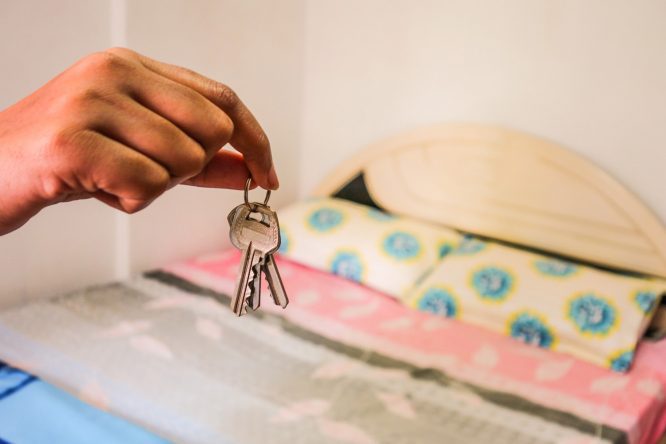Recently, Derek Dunham, vice president of client services, discussed the 90% census plateau that many communities face. This week, Jackie Stone, vice president of sales consulting, provides some strategies for filling that remaining 10%.
Those of us involved with communities know that there’s an issue when occupancy dips below a certain number. But when we’re at 90 percent occupancy, it’s easy to think everything’s fine. However, we cannot be complacent — we must always strive for full occupancy and keep building a quality waiting list. As the community ages, so do its residents, and attrition increases. And there are some units that tend to stay empty for a range of reasons. For instance, filling smaller apartments has become a challenge. Prospects want more living and storage space and will stay where they are rather than agreeing to a one-bedroom apartment.
Here are some ideas for selling that remaining 10 percent — the ones that fill up last due to size, location or other perceived weaknesses.
1. Brainstorm positive features
Naturally, as salespeople, we sell the best first and may not be as excited about the remaining inventory. When we repeatedly hear from prospects that an apartment or cottage doesn’t have a nice view or is too far from the action, we may begin to believe it ourselves. If you believe a particular residence is undesirable, you won’t be able to sell it. Take your team into that residence and brainstorm all the positive features of the style, layout, location, view, etc. Practicing verbalizing those positive aspects will prepare you to communicate them better when sharing with prospects. (I actually had a situation like this in a community in central Massachusetts. One apartment was referred to as a “dog” and was never going to be sold. Our team went through this brainstorming exercise, and on my drive back home to Connecticut, the marketing director called and said they had sold that apartment that same day.)
2. Explore big ideas about small apartments
- Is it financially feasible to combine two adjacent one-bedroom apartments to create a larger two-bedroom apartment? (If so, do this sparingly, as we always need an inventory of one-bedrooms for their price point and for current residents who decide to downsize.)
- If you can’t create a larger apartment, make a smaller one seem larger. Can your galley kitchen be reconfigured to create an open concept? If so, use the same flooring from the threshold to the exterior wall, preferably wood or laminate, with the lines going lengthwise to make the rooms appear longer. Eliminate soffits, and bring kitchen cupboards up to the ceiling to make the ceiling appear higher.
- Purchase a mailing list of single households that would feel very comfortable in a one-bedroom apartment, and focus your efforts on this niche.
- Host events, such as “Small Living, Big Life,” and feature the breadth of your cultural arts programming. Have current residents share how they live a big life at your community.
3. Be creative with policies
If you have strict policies, loosening them could help fill more units:
- Rent apartments to snowbirds. When they no longer migrate seasonally, they could become permanent residents.
- Does your community allow pets? Or is there a current policy dictating that pets need to be under 25 pounds and live on the first floor only? A 10-year-old golden retriever will sleep all day and not bother anyone. People will not get rid of their furry companion to live at your community! Forget about the one-bedroom with den, and market a one-bedroom with dog!
4. Get back to the basics
We can all fall into a routine and give the same canned presentation to everyone we meet, with little results. Dust off the sales training manuals, and follow their advice:
- Improve your discovery skills so that you are getting to what the prospect truly values in life.
- Present your community in a way that connects with those personal values.
- Practice solving commonly heard objections.
- Always ask for a commitment, whether it be a decision on the apartment, lunch next Thursday or a call in two weeks. Get the prospect to say, “Yes”!
We hope that these strategies help you fill that last 10 percent! If you have questions about your community’s specific occupancy challenges, I’d be happy to help. Please contact me at jstone@varsitybranding.com.



